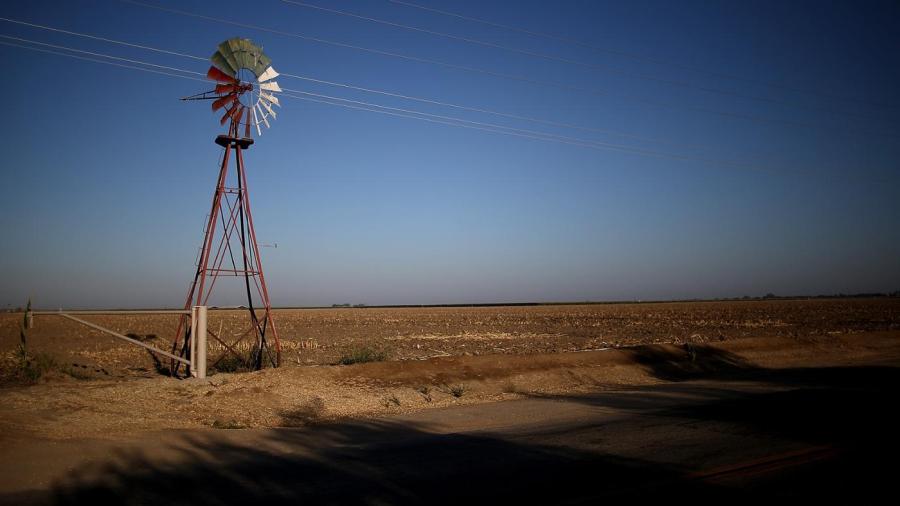What Is the Purpose of a Windmill?

A windmill uses wind power to create rotational energy for the use in mills, pumps and presses. In the Netherlands, where windmills became important for local economies, they were used to make boards, paint, oil, paper and bread.
The pumping of water was the earliest use of windmills. Depending on the strength of the wind, windmills could be used to pump water out of lakes and kept the land dry for agriculture. They could also pump water into fields for irrigation or to pump water for livestock. Windmills were also used to grind cereal grains, such as wheat or corn. Farmers would take their grains to a mill and grind their crops, leaving some of their crops as a payment for using the windmill.
Because the use of windmills are not dependent on energy costs, wind is free and abundant after all, they became popular in many countries for agricultural use. In modern times, small windmills have been used to aerate ponds in order to control the amount of algae produced in the water. They can also be used to generate electricity for areas that have no access to mains power. They are quieter and cleaner than fuel-burning electricity generators and cost less to upkeep, needing little more than to be oiled at regular intervals.





